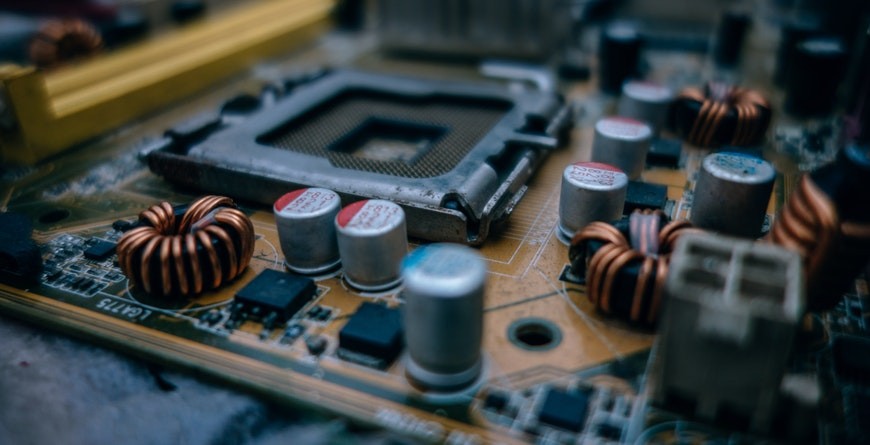
Introduction for Field Signal
A successful ablation and planning in the EP electrophysiology laboratory are importantly dependent in acquiring intracardiac, multiple or low amplitude signals at the numerous presence of sources of the electronic interference & noise and displaying the signal in uncomplicated & clinically important fashions with minimal artifacts. It represents important engineering challenges, and in real life laboratory EP, is not successful all the time. Understanding the reasons and the challenges for failures and knowing on how you can optimize electronic information acquisition systems in EP laboratory could go together your way towards ensuring a smooth procedure and better results.
High-Yield Electronic
A small voltage and current constituting biopotentials should be presented & manipulated in an understandable way to an electrophysiologist. It involves filtering & amplification of the signal. Signals o interests might be manipulated at the current and voltage form. The limited yet, effective analogy, considering voltages as the equivalent water pressure. When the tank that contains water has been placed the few above, then another tank will be considered as the higher potential than the second tank. If the second tank of water is not being connected to one another, then this circumstance will remain the same. But, if the second tank is connected to one another by the pipe, then the water will start to flow coming from the first tank going to the second tank.
That water flow is constituting the current at such circuit. Rates in which water flow, which is the magnitude of current, would vary on multiple factors, and that includes the dimension of a connecting pipe. A rate that limits component of such circuit corresponds to the circuit resistance or the oppositions that the circuits offer to water flow or current. Amplifications involve increasing the signals’ amplitude. Even though most people think amplifier as an electronic only, still there are lots of other samples of amplifications around. One of those is the interior combustion engines, the force amplifiers, that amplify a small force being applied to gas pedals to the large force in-order-to move few tons automobile. When it comes in electrophysiology, a small potential amplifier, which is typically a voltage amplifier, to the huge enough voltage being displayed in the monitor. A voltage gain of that amplifier should be too large.
The Tricky
From the electromagnetic standpoint, EP laboratories are extraordinarily noisy environments. The patients are connected to many pieces of tools and equipment, and that includes the ECG machines, external defibrillator, pulse oximeter, half-dozen catheters and electroanatomic mapping systems. Each of that device should meet the safety standards of the patient for the leakage current that is being determined as the overall current from the patient connection through them to earth.
That current needs to be lower for every device, that results in the entire current of multiple tens of micro ampere flowing through a patient to the earth ground if several devices are being connected, in the fundamental main frequency of fifty or sixty Hz, having a significant harmonic extending to many thousand Hertz. Generally, most patients could tolerate that magnitude leakage current with no significant risks of inducing a ventricular fibrillation.



